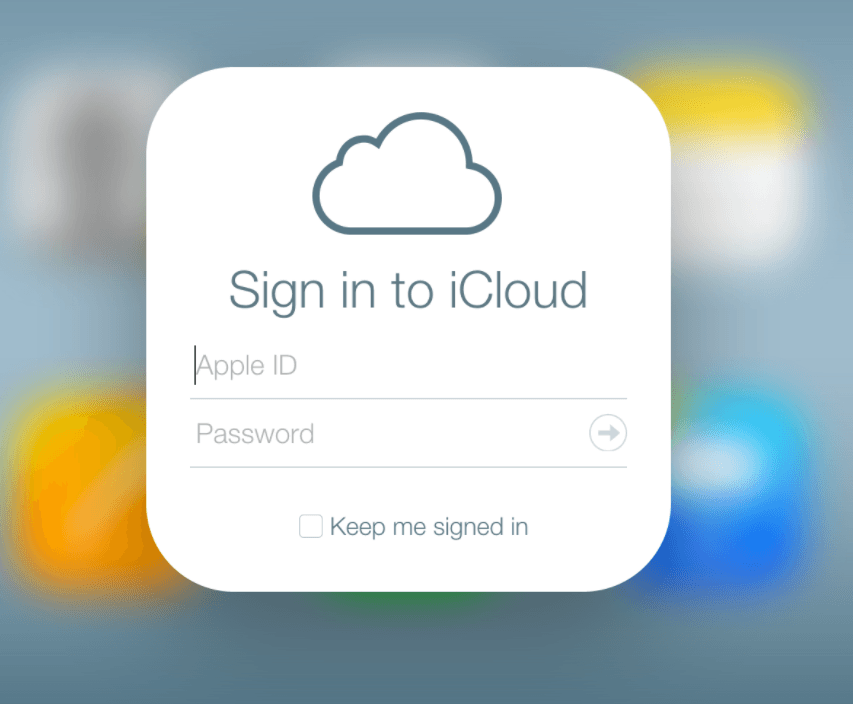
However, as you will see in the sections that follow, Apple is using parts of the OAuth 2.0 and OpenID Connect (OIDC) standards. They don't publicly say that they are using these standards, and there is not a single mention of them in the official documentation. Luckily for the community, Apple decided to adhere to open standards to support the Sign In with Apple feature.
APPLE PAGES LOGIN HOW TO
That is, the following code is here for reference and must not be used in production (nor it must be taken as official guidance on how to integrate with the provider). However, be aware that the steps here are for demonstration purposes only. In this section, you will learn what you would need to do to run the sample. Implementing Sign In with AppleĪlthough this new identity provider is still in beta testing, we already put together a sample that integrates Sign In with Apple in a Node.js and Express web application.
APPLE PAGES LOGIN FREE
If you are not interested in the technical steps yet, feel free to skip this section. In the next section, you will see one of our first attempts to integrate a web application with the Sign In with Apple feature. Once the identity management system adds support for a new identity provider, you can extend this option to your applications with the flip of a switch. On the other hand, an identity management system like Auth0 can help you alleviate much of this burden. Imagine this situation otherwise: An iOS user wants to use the web version of your app-how would they sign in? You can't expect them to create another account. If you have a web application, for example, that has an associated iOS app, it will also need to support Sign In with Apple. While you might think this will only be a concern for iOS apps, things are not so simple.

This means writing more sensitive code and integrations, and the workload can escalate quickly if these need to be written in multiple languages. Refactoring apps is never an easy task, especially when the refactoring includes sensitive functionality like identity management.Ĭompanies that manage identity providers on their own, integrating one-by-one, will need to add support for yet another provider. Introducing support for this feature could be a lot of work for application developers. Tweet This A Challenge for Application Developers As such, getting rid of noise apps will be a breeze." "Sign In with Apple will let users share randomly-created email addresses that are unique to each app. With this approach, Apple will allow users to "mute" apps that they don't care about anymore in a few clicks (they'll just need to get rid of the randomly-created email address that the app is using). The uniqueness of these email addresses per application is one of the most interesting parts of the new feature. For these users, the second option will be very appealing.Īs Craig explained, when users decide to hide their email addresses, Apple will only share randomly-created email addresses that are unique to each app.

share their real email addresses (the default behavior for most social identity providers).One of the focuses of this part of the WWDC 2019 keynote was that the feature would allow users to either: In Craig’s words, this solution will have "a simple API that allows developers to put a Sign with Apple button right in their app." Then, when users opt to use this identity provider to sign into an app, Apple will authenticate them "without revealing any personal information" (unless users choose otherwise). After presenting the privacy issue this common practice introduces, Craig offered a solution to the problem: Sign In with Apple.
APPLE PAGES LOGIN SOFTWARE
Along with other efforts to sustain this message, the Senior VP of Software Engineering Craig Federighi presented the introduction of the "Sign In with Apple" feature, which is slated to be released with iOS 13 and MacOS Catalina.Īs he mentions, using social accounts to log into applications can lead to traceability by app developers and social providers. One of the main messages that Apple is trying to convey at WWDC this year is that the company cares about privacy.


 0 kommentar(er)
0 kommentar(er)
